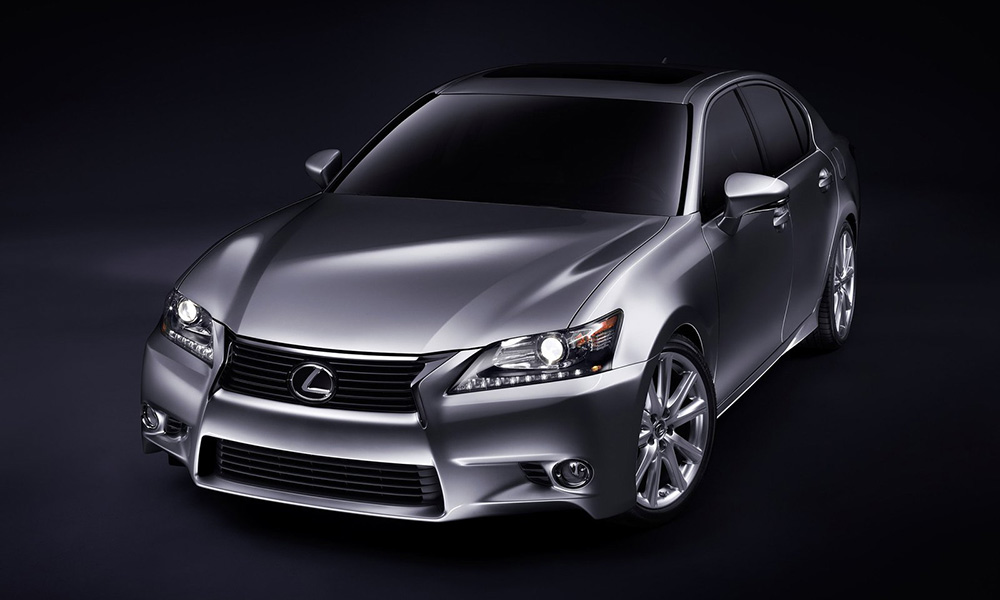
If there’s one thing most modern automakers have in common, it’s a huge grille on the face of almost car they sell. Sure, there are some exemptions like EVs, but even then, some of them have big “mouths” as part of their design.
This is most prevalent in the luxury sector, complete with massive maws, but one of the most recognizable faces would have to be the Spindle Grille from Lexus, having been seen on all of its vehicles ever since it first made its production debut on the fourth-generation GS midsize sedan.
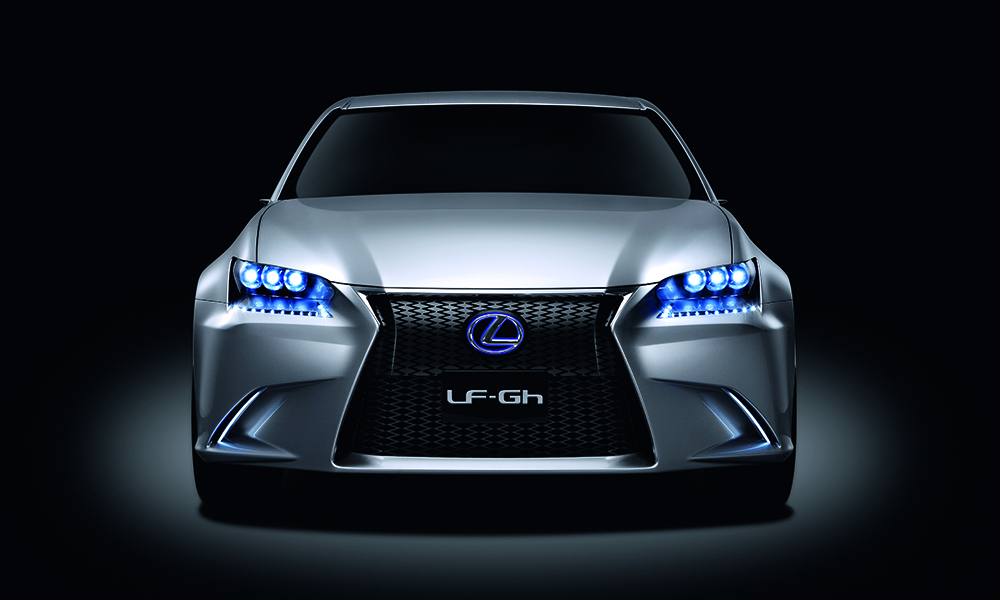
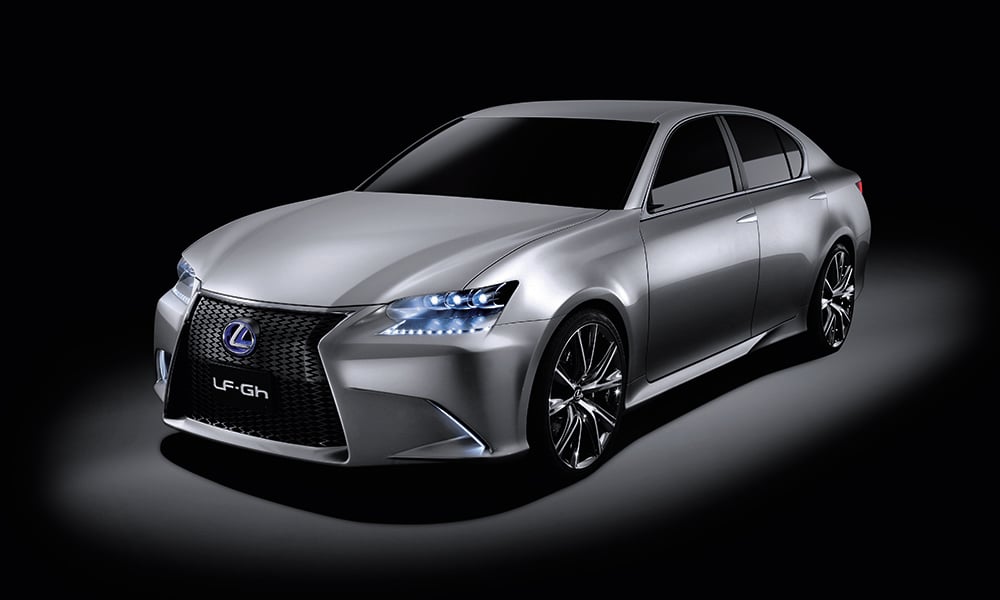
The one-piece grille made its first appearance in the 2011 LF-Gh concept, the predecessor to the fourth-generation GS, which looked eerily similar to the F Sport grilles you see nowadays.
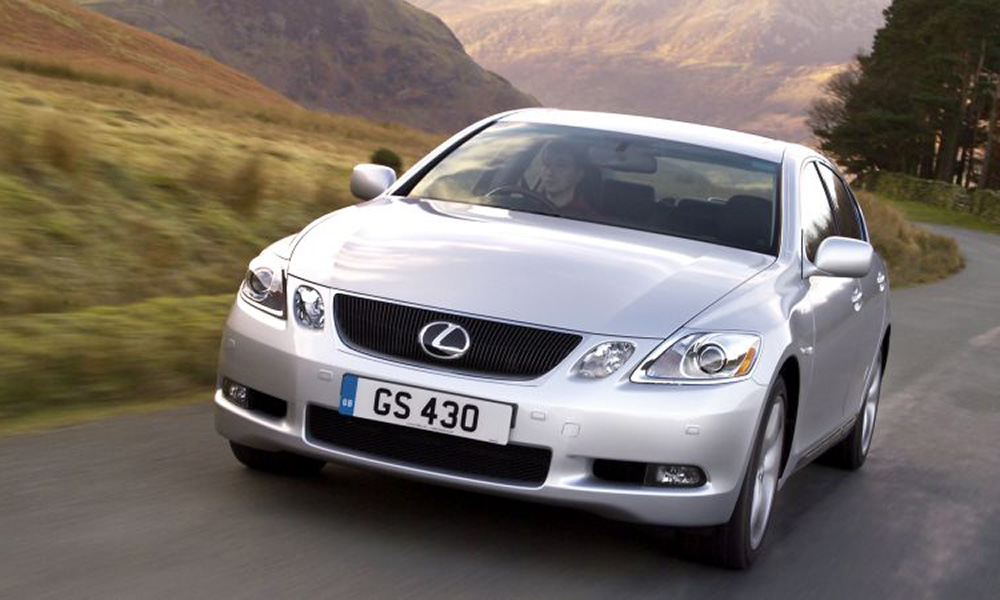
But if you want to be pedantic, you can see the roots of the trapezoidal shape way back in 2005’s GS sedan that introduced the L-finesse design language. This was part of the brand’s efforts to create a recognizable face for the marque—which worked really well.
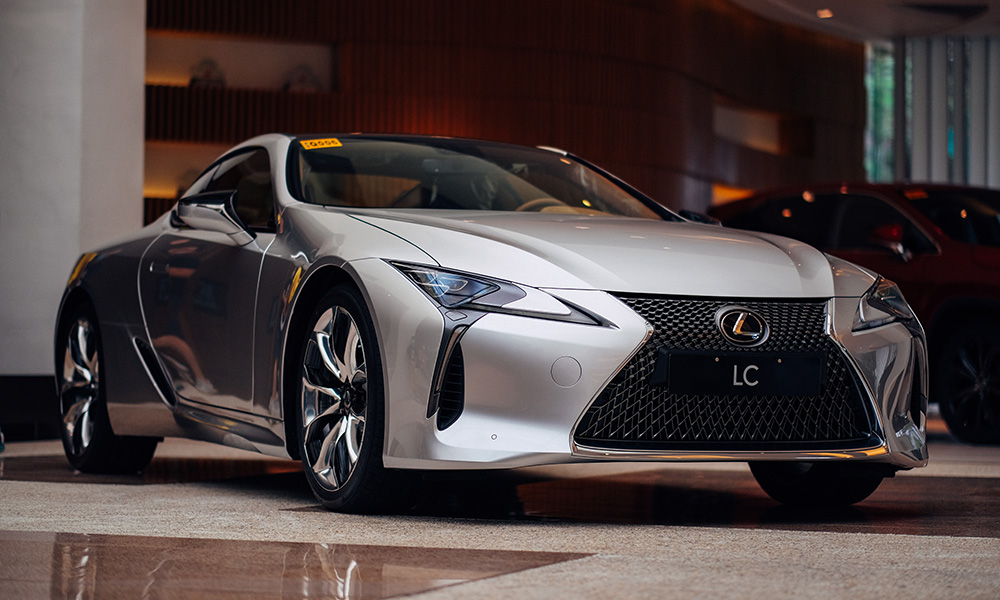
Since then, it has evolved in form, where the lower and upper grilles were merged to form the distinct “hourglass” shape you see on modern Lexus vehicles, with the grille adapted to different models like adjusting the height and the depth of the pinch-point for a three-dimensional effect, and having different designs and finishes.
But in the brand’s pursuit of perfection, every part has a seamless surface treatment, and the paint finishing is just as well done on the body panels, where even half-hidden parts are painted with various shades to give the appearance of a solidly built and whole fixture.
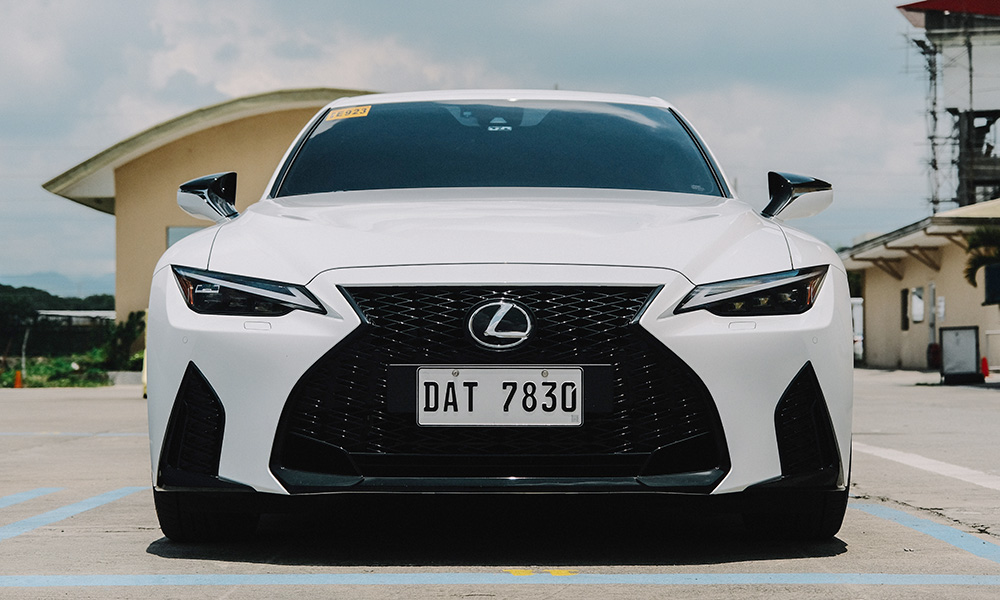
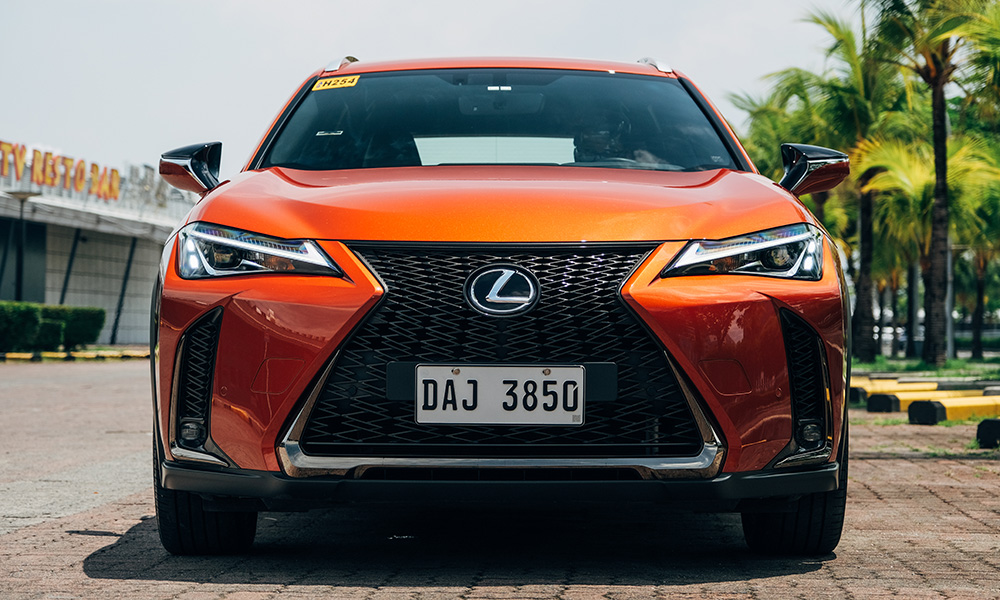
And if you take a gander at the grilles of the F Sport models, the first thing you will notice is that the bezel around it (which is normally chrome) is finished in gloss black, and has a “mesh” grille that is actually composed of dozens of small L-shaped pieces that have been vertically aligned, so that even Lexus’s sportier models receive the same attention to detail as its luxury-oriented counterparts.
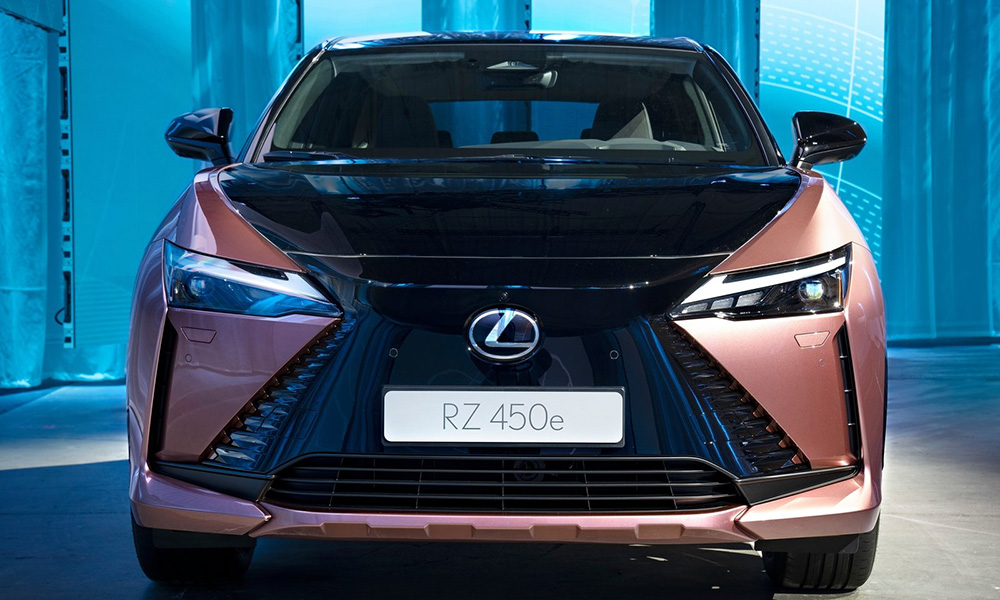
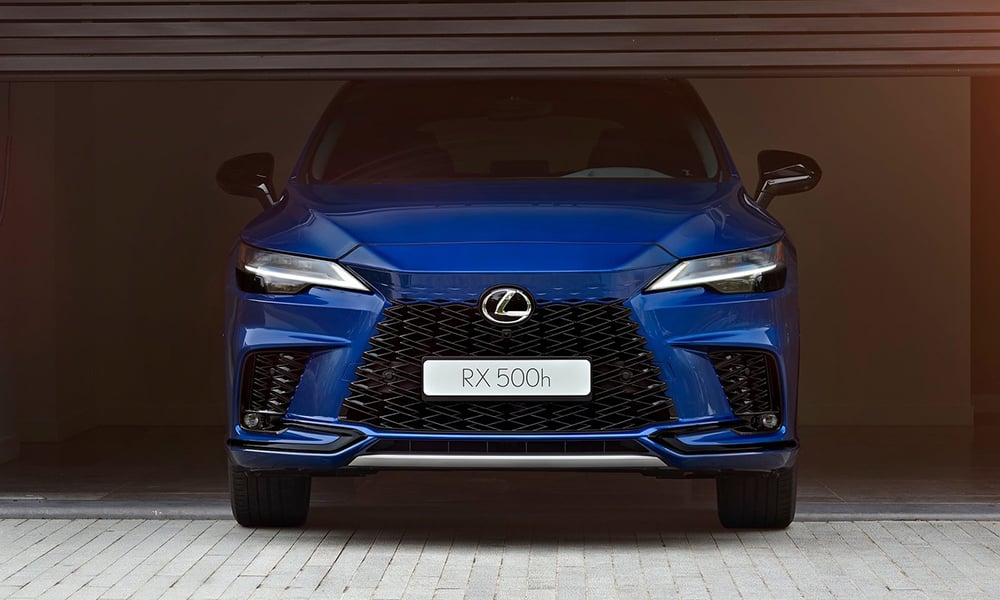
But what about in the age of EVs? Well, that’s where the Spindle Body comes in, which is part of the Lexus Next Chapter design language seen in the all-new RX and RZ.
When there’s no engine to cool, the designers interpret the “grille” as a single seamless piece that flows into the rest of the bodywork, where the lower part has a mesh pattern, and the upper part forms the lower half of the hood. If there is an engine to cool, then the bottom half is still a grille.
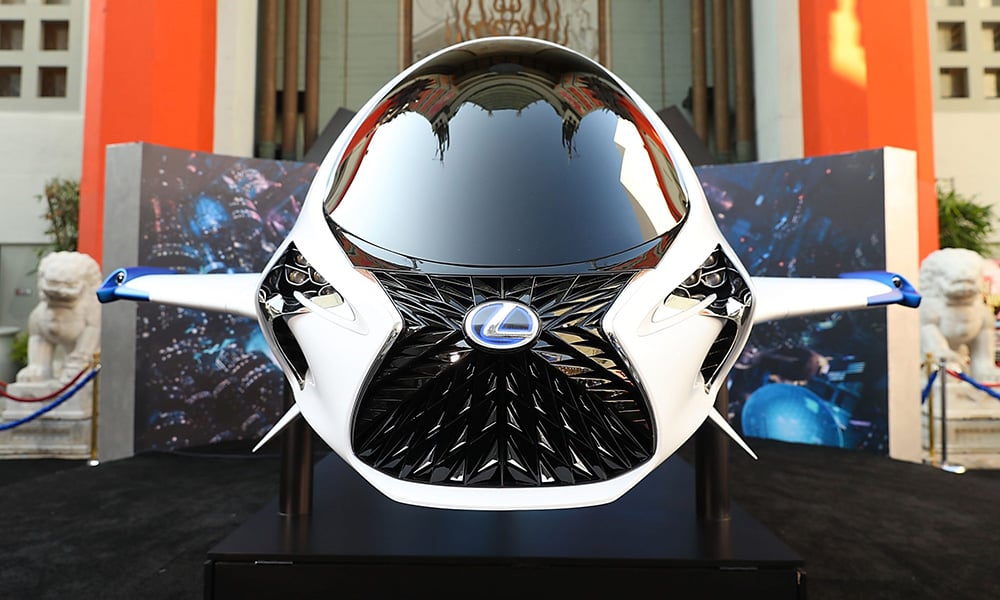
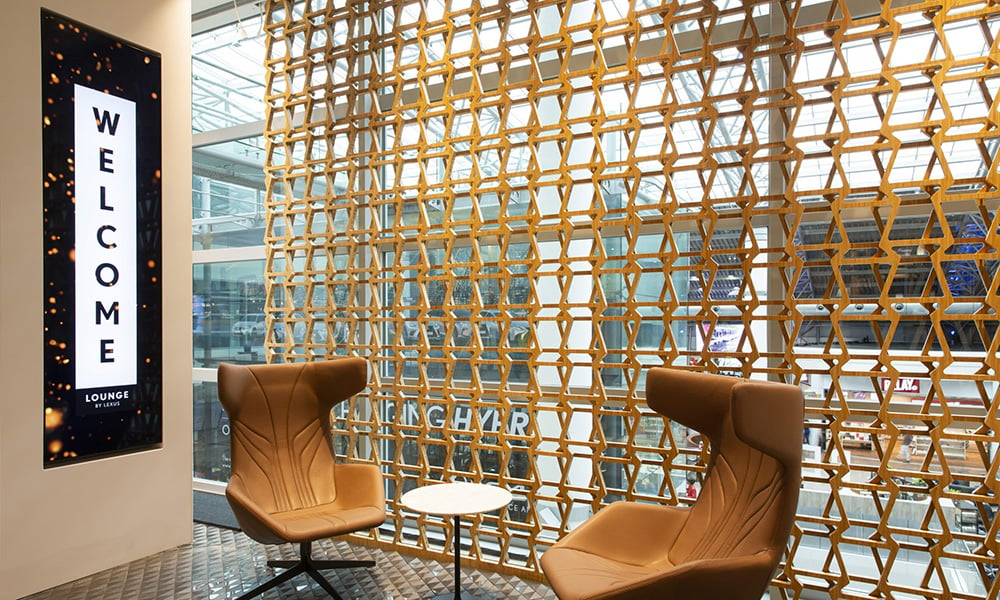
You can see it also outside of cars, like the Skyjet spacecraft in 2017’s Valerian and the City of a Thousand Planets, or as a design motif in the Loft, part of the award-winning Lexus and Brussels Airlines lounge found at the Brussels Airport.
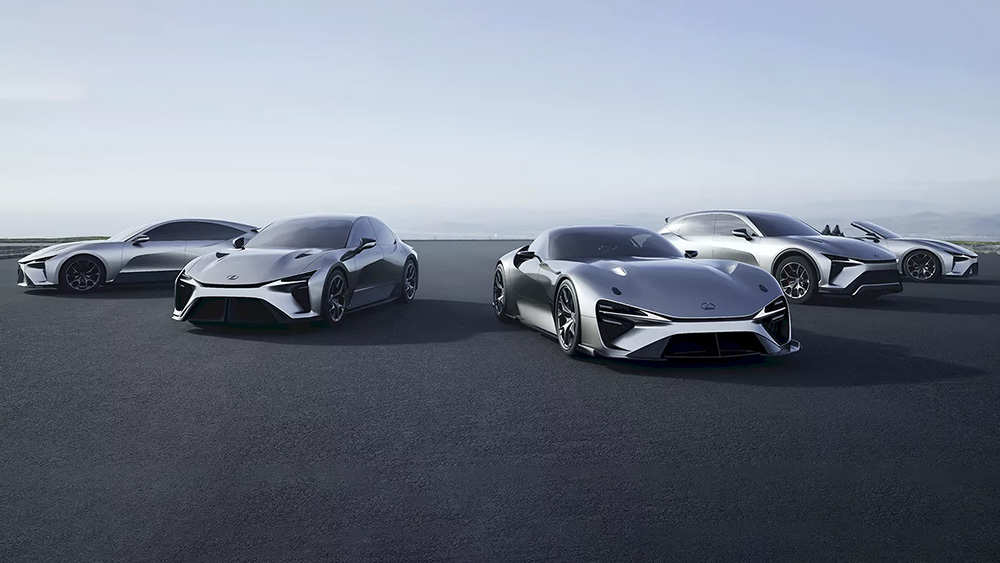
But with Lexus shifting to an electrified future, it should be interesting to see what the automaker will take its iconic Spindle Body to. A brand’s identity evolves over time, and it should be exciting to see how this design will turn out over the next few decades.


0 Comments